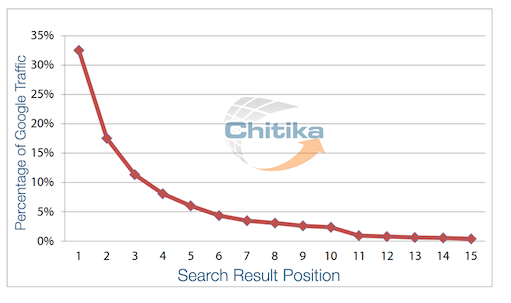Google+ was launched on June 28, 2011, as Google’s answer to social media. This was the company’s second attempt after the failure of Google Buzz. Google+ was slow to gain popularity and many felt it would never fully pan out.

Now, three years later, the story is different. Roughly 25% of internet users are active on Google making it the second largest social network in the world with over 500 million users.More importantly it makes this picture no longer accurate

As a user of social media it might be time to start taking Google+ seriously. As a business you should have set up your Google+ account yesterday. Surprised? Well the reality is Google+ maybe one of the most important social media platforms for businesses and marketers to utilize. Here are a few reasons why:
1. Google+ plays a role in SEO. Having a Google+ business page will increase your visibility on Google. There are a few reasons why:
- Google takes 1+ (The Google+ version of a “like”) into consideration when deciding your ranking.
- Local Google Plus Pages enhances how your business appears in search results with information like hours, location, and phone number. This makes your business stand out in the results page and allows your customers to quickly and easily reach you.
- Google is starting to incorporate Google+ reviews in their search results. This again enhances how your business appears on Google and also taps into a much more powerful force: word of mouth marketing. People are much more likely to take advice from a friend than a traditional sales pitch.
- Authorship is a newer feature that allows you to link your original content from all over the internet to your Google+ page. This further helps your content get found.
- When you make a public post using Google+ that content gets indexed by Google and could appear in search results.
This is important as Google is the number one used search engine and 97% of consumers use the site to search for local businesses. If they can’t find you on Google you probably won’t be doing business with them.
2. Circles. This enables you to fine tune who sees your content so that you can better target your message to the right audience. You can’t do that on Facebook or Twitter.
3. Full Google Integration: Google+ is becoming more and more integrated into the other Google tools and features making it easy to manage your message across all Google has to offer.
While social media can be used to foster relationships with existing and and potential customers email can lead to a much stronger connection. It is important to email only those who might be interested in your product or service though. Otherwise you end up spamming a bunch of people and turning them off to any potential business in the future. So where can you find quality emails? You guessed it Google+. Google has announced that users of Google+ can email anyone who has a Gmail account. This means you have access to your Google+ followers who are already interested in your business.
Many critics of Google+ find Googles relentless integration of Google+ as a desperate attempt to grow the user base.

While this maybe partially true it also leads to a much better product overall. Whatever their motives with the power and influence of Google and the reasons listed above your business cannot afford to keep ignoring Google+.




